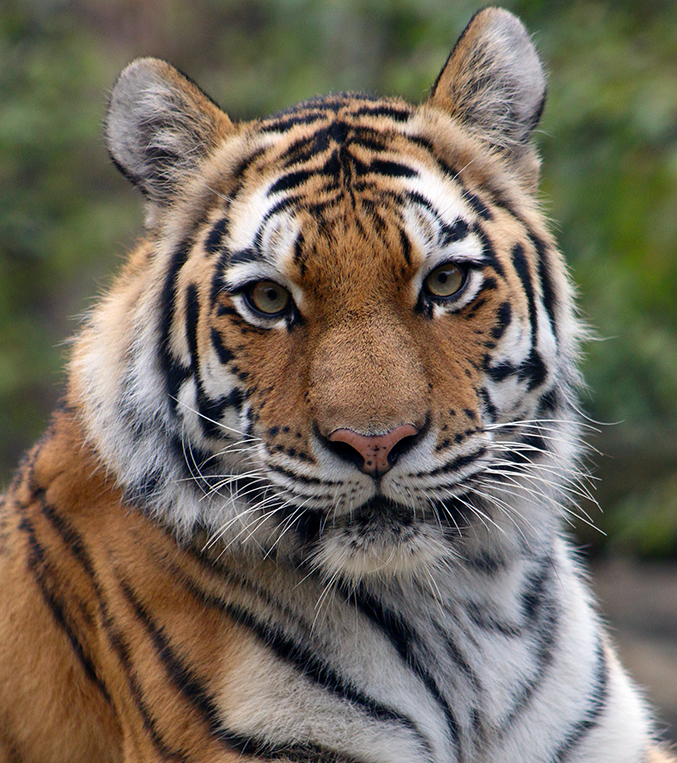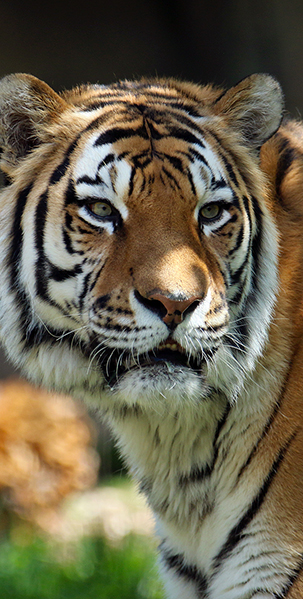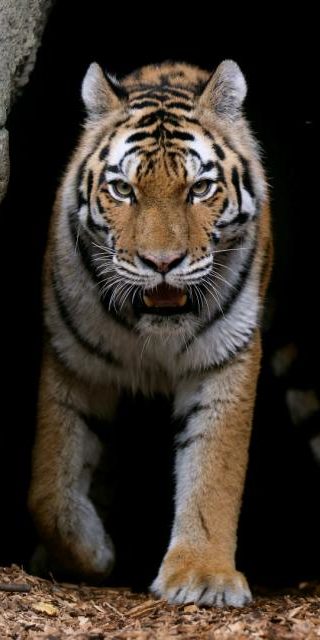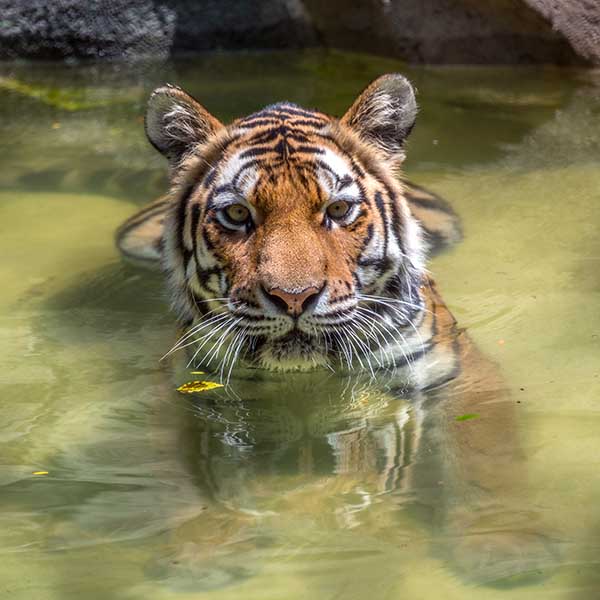Amur Tiger Conservation Project
The close up encounters possible at the Zoo's Tiger Forest exhibit are the envy of our Amur tiger conservation partner, Dr. Linda Kerley, as she has had only a handful of opportunities to be so close to tigers.
For the Amur tigers that she and the other members of the Amur Tiger Conservation Project (ATCP) study in Lazovsky Preserve in Primorsky Krai, the Indianapolis Zoo’s support paid for 15 vitally important tracking cameras that give Dr. Kerley a long distance insight into the lives of the last few remaining wild Amur tigers on Earth.The Zoo’s support allowed an expansion of the camera tracking program that identified four new litters of cubs in the reserve – the first time cubs had been observed since 2008. The ATCP was also able to expand their tracking work into a nearby newly protected national park. Results here have been astonishing, as shortly after the first cameras were placed, a tiger was confirmed to be in the park, along with another litter of cubs. Camera traps are also instrumental in establishing a deterrent program for poachers called “forest eyes” that uses hidden surveillance camera to record illegal activity in protected tiger habitat.





